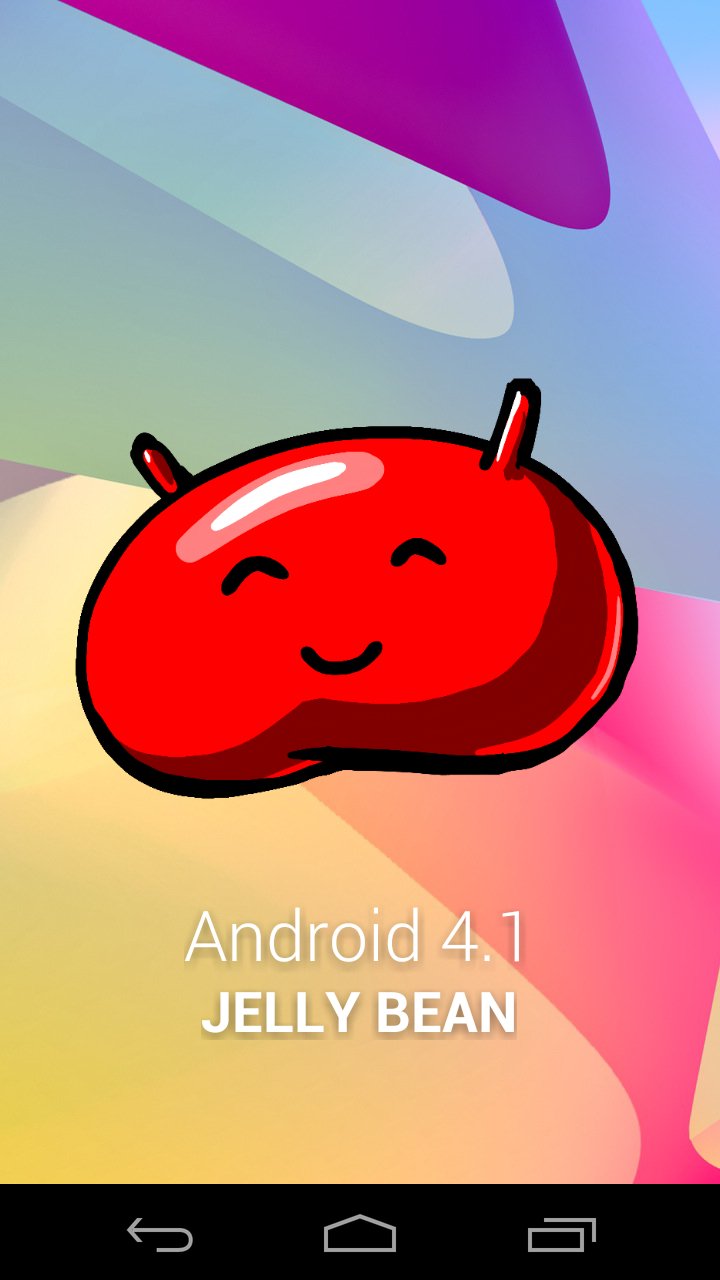It’s been a little less than 9 months since Ice Cream Sandwich (Android 4.0) was officially released and until now, we’re only seeing barely more than 10% adoption on all current Android devices. So it seems that while many users are still waiting for their ICS-eligible handset to be upgraded, Google has begun pushing out Jelly Bean 4.1 to the international version of the Galaxy Nexus. The update will be pushed out over the course of several days, so if you happen to be a Galaxy Nexus owner and didn’t find the update available yet, there’s no need to get too bummed out as you’re one of the lucky ones who only has to wait days rather than months for their device to be updated to Jelly Bean.
While Ice Cream Sandwich unified Android for tablets and smartphones and brought the functionality of both Gingerbread 2.3 and Honeycomb 3.0 to both, Jelly Bean streamlines a lot of that while adding some really cool features that I can’t wait to try out. The thing that I’m most excited about is Project Butter. It’s not actually a new feature rather than a way for the OS to fully utilize the hardware while interacting with the device and making navigation through the system buttery smooth. When Jelly Bean was launched alongside the ASUS-made Nexus 7, they also demonstrated Jelly Bean on a Nexus and compared it with another one that was still on ICS. Navigation was indeed much smoother, and you can check out the video below so you can drool over it until the Jelly Bean update arrives on your own device, probably 9 months from now. Kidding aside, Project Butter addresses the lag that has long been the weapon of iOS fanatics against Android, giving them one less thing to trash talk with.
Notable improvements can be observed in the notification area, with notifications now being much larger so they can display more information and act as a better preview before going into the app itself. The home screen is also markedly improved over previous versions of Android. Widgets have always been a strength of Android over iOS, but it’s always taken some time to properly set up the home screen with a layout that you liked because for the most part, widgets always came in fixed sizes. Jelly Bean addresses that by allowing you to resize compatible widgets so you can get just the layout you want. Aside from that, there’s also Google Now, which is the lone new feature of Jelly Bean. It’s like a more straightforward version of Siri on iOS, and while it’s less conversational, it does a better job of getting you the information you want, provided you know exactly how to make you query.
It is important to note that this build is the same one that hit the AOSP or Android Open Source Project just yesterday (build 4.1.1). Aside from bug fixes that improve a few things from the original 4.1 build that was demonstrated at the launch of the Nexus 7 tablet more than a week ago, one major downside of this build is that it no longer supports the Adobe Flash Player. In fact, if you try to download it off of Google Play, it’ll show up as being incompatible with your device. This is kind of a bummer since a huge chunk of the internet still makes use of Flash.
The Nexus S and Motorola Xoom are supposedly next in line for the Jelly Bean update, although no time frame is provided at this time. I can’t wait to see it on my Galaxy Note, although it will probably be held back by Samsung’s TouchWiz. And while I’m enthusiastic about the arrival of the best version of Android yet, I wonder if manufacturers will still continue to seriously push out ICS to their existing Gingerbread and Honeycomb devices now that there’s a new version of the Android platform to develop for. Time will tell. For now, let’s just be happy for all those Galaxy Nexus owners.
Sources: Android Central, Tech Radar, The Droid Guy and Engadget



